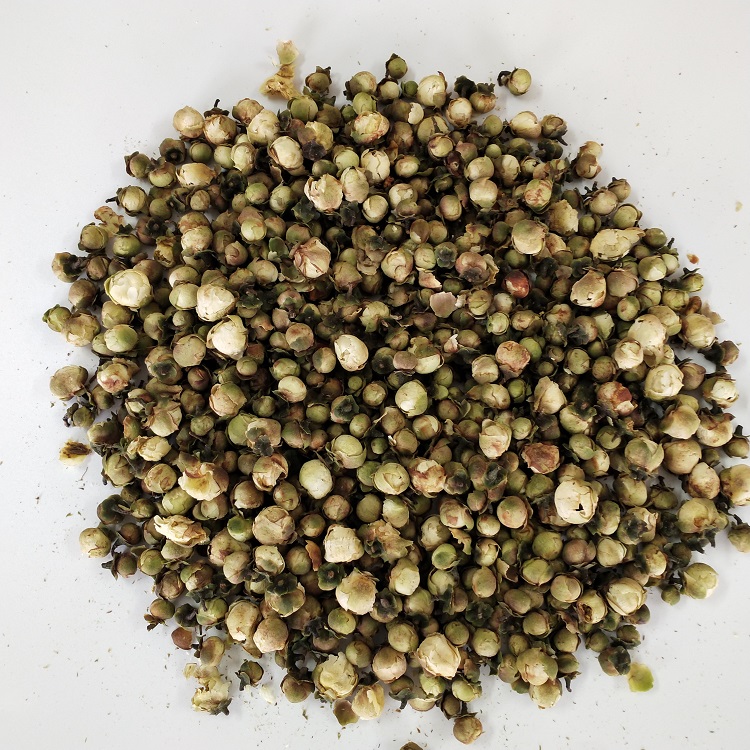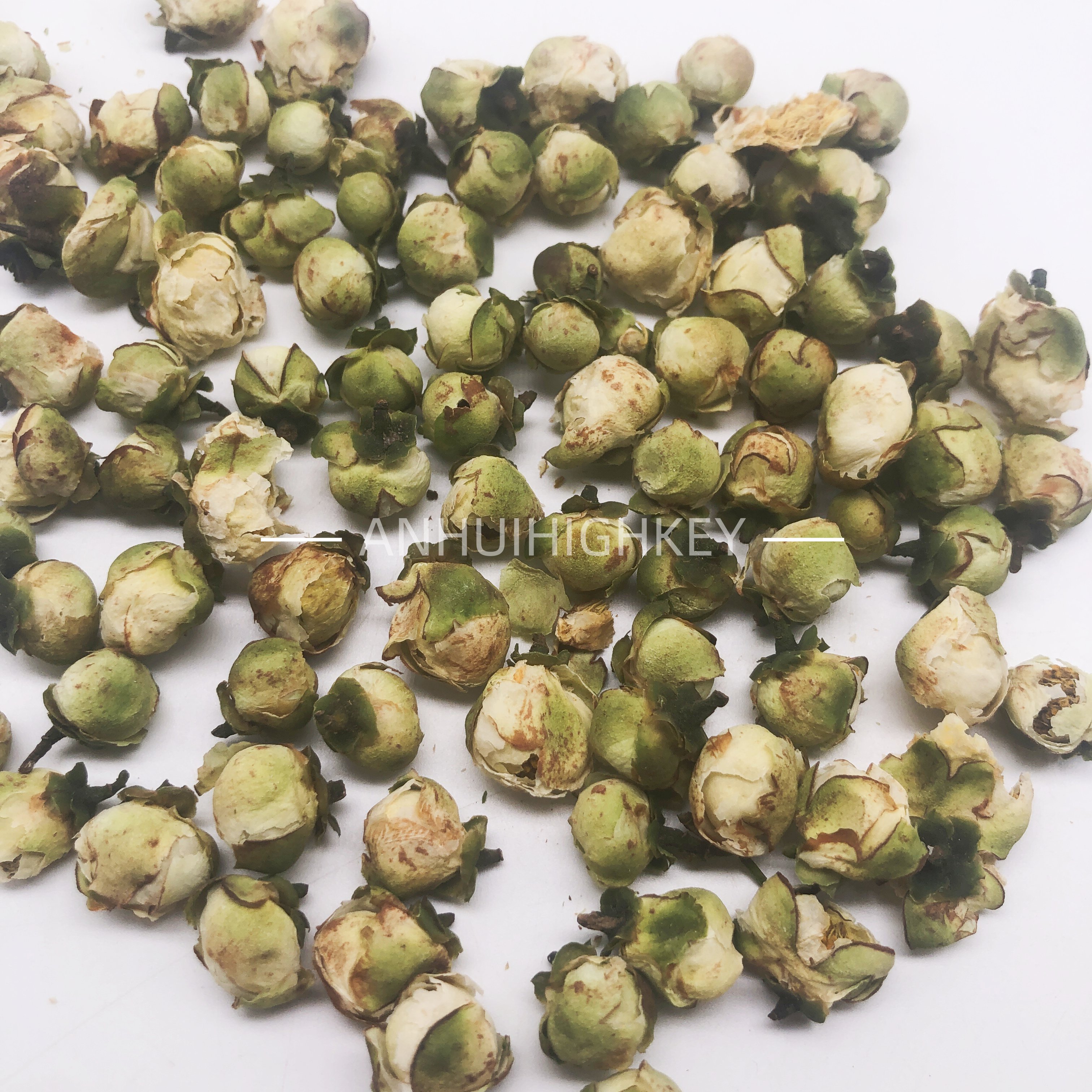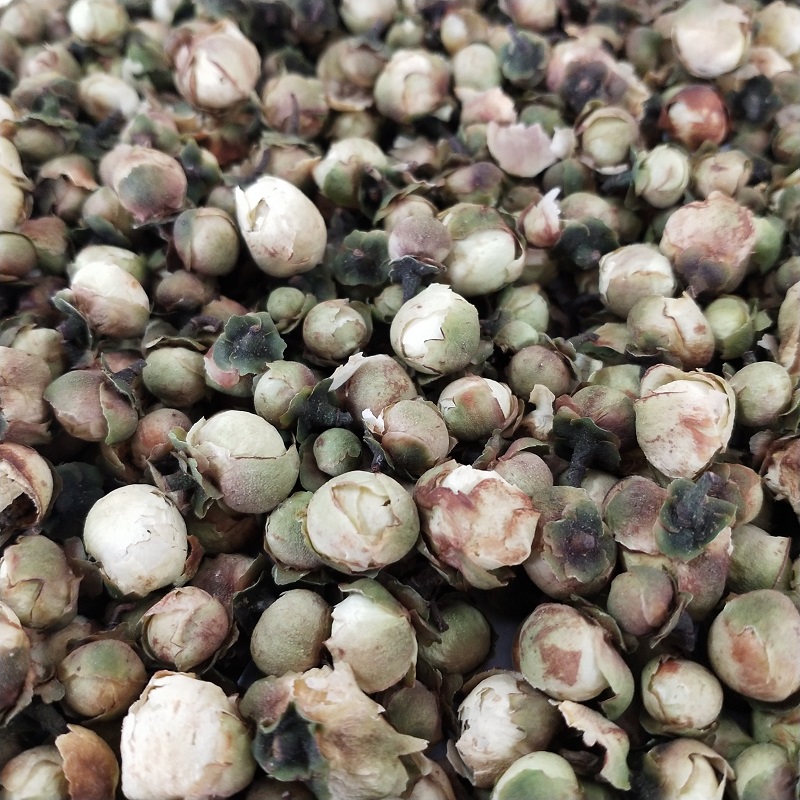
The Snow Lotus flower, scientifically known as Saussurea involucrata, is a rare and unique plant native to the high mountain ranges of Central Asia. It is found primarily in the Himalayas, Tibet, and other alpine regions of China, Mongolia, and Russia. The Snow Lotus is well-adapted to harsh environments and can survive in extremely cold temperatures and high altitudes, often growing at elevations between 12,000 and 16,000 feet (3,600 to 4,900 meters).
This plant is highly valued for both its medicinal properties and its cultural significance. In traditional Chinese medicine, the Snow Lotus is considered a treasure due to its perceived healing qualities. It is believed to have anti-inflammatory, immune-boosting, and pain-relieving effects. The plant's roots are commonly used to make herbal remedies for conditions such as arthritis, gastrointestinal disorders, and respiratory ailments.
Visually, the Snow Lotus flower is quite distinctive. It has a dense, fuzzy involucre (a whorl of bracts beneath the flower) that resembles a lotus flower, which is how it gets its name. The actual flowers are small and typically yellow or purple, nestled within the protective bracts. The plant's woolly appearance helps to insulate it from the cold and provides a layer of protection against the intense sunlight found at high altitudes.
Harvesting the Snow Lotus flower is challenging due to its remote and inaccessible habitats, which contributes to its rarity and high value. Unfortunately, overharvesting has led to concerns about the sustainability of wild populations. Efforts are being made to cultivate the Snow Lotus to reduce the pressure on natural stocks and ensure its survival.
Conservation measures are crucial for this plant, not just because of its medicinal uses but also because it plays an important ecological role in the fragile alpine ecosystems where it grows. Its deep root system helps to stabilize the soil and prevent erosion, and it serves as a food source for local fauna.
In summary, the Snow Lotus flower is a remarkable plant that symbolizes resilience and beauty in the face of extreme environmental conditions. Its importance extends beyond its physical attributes to include its role in traditional medicine and its contribution to the delicate balance of high-altitude ecosystems.








